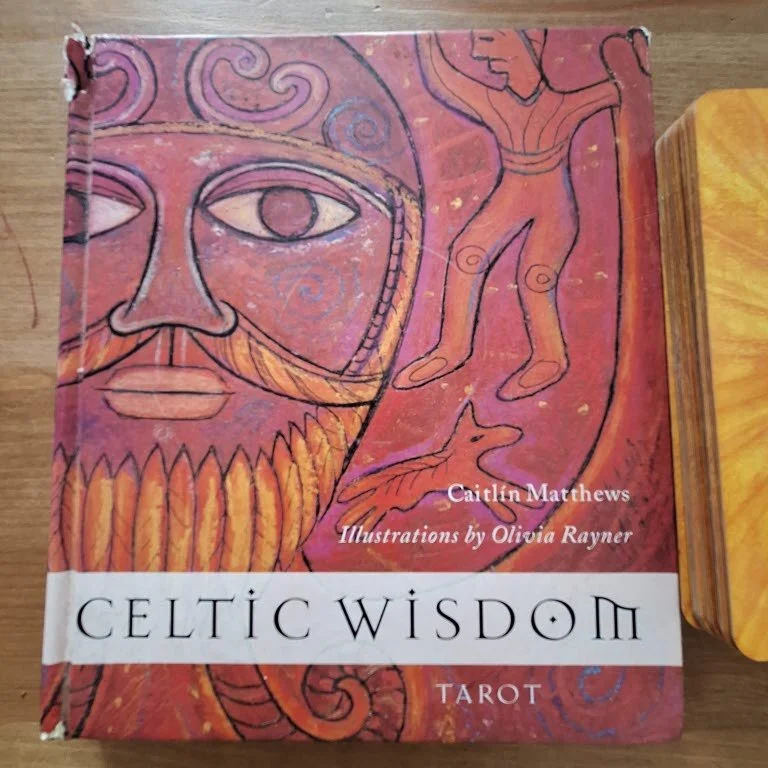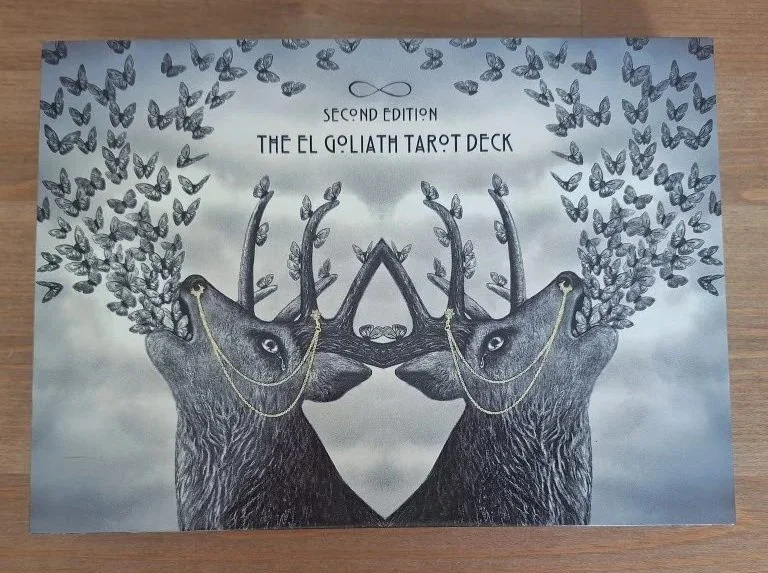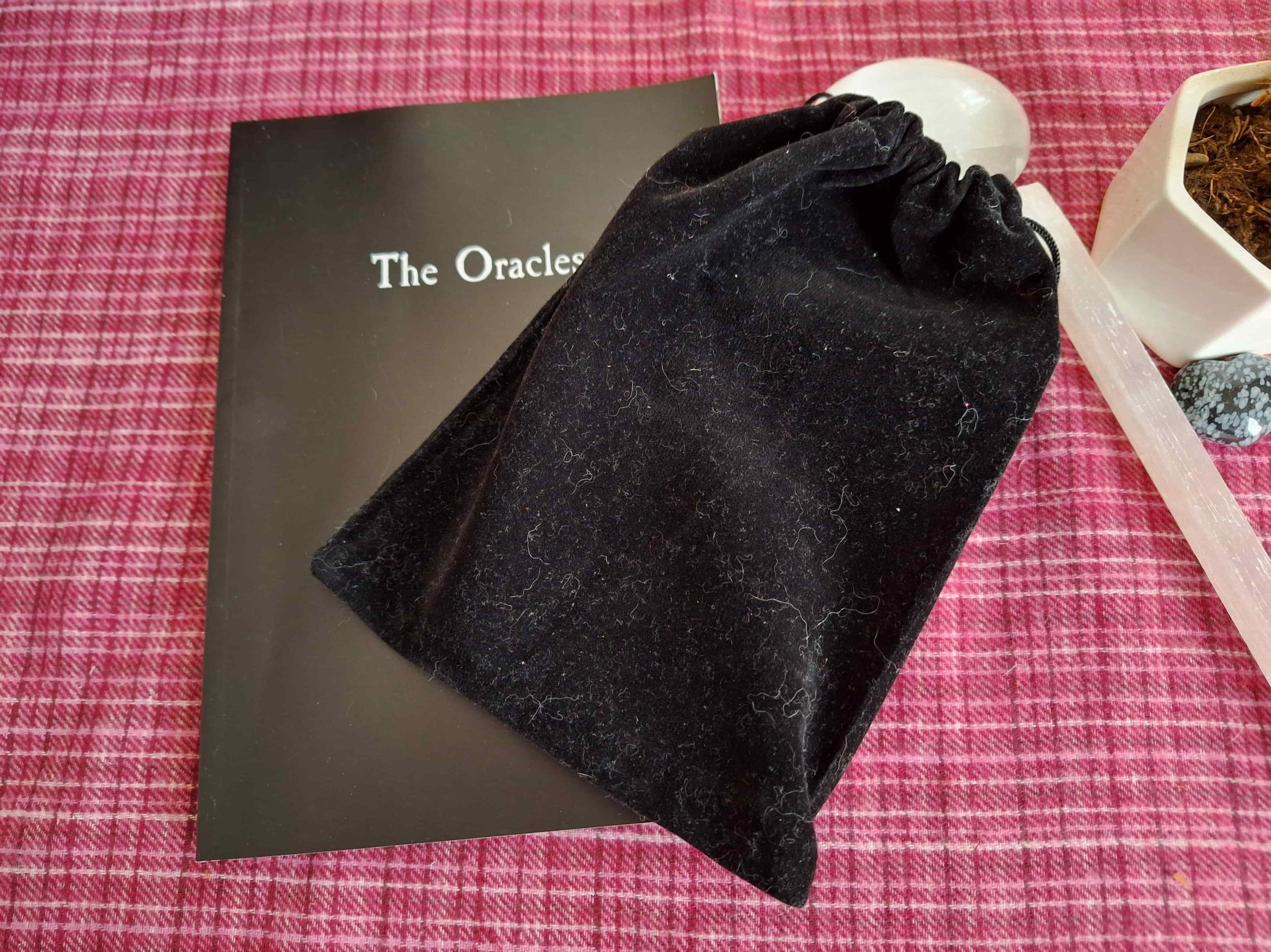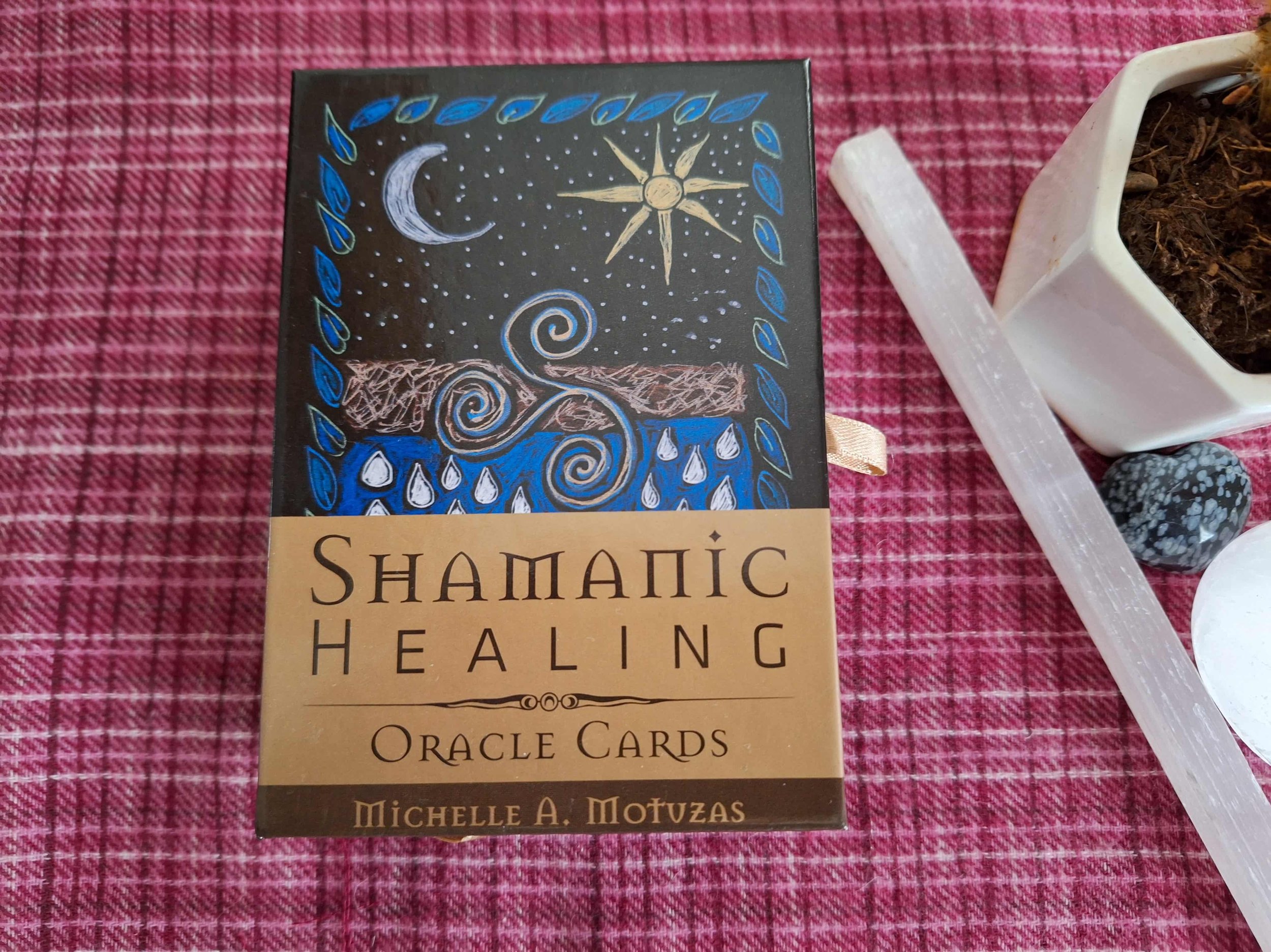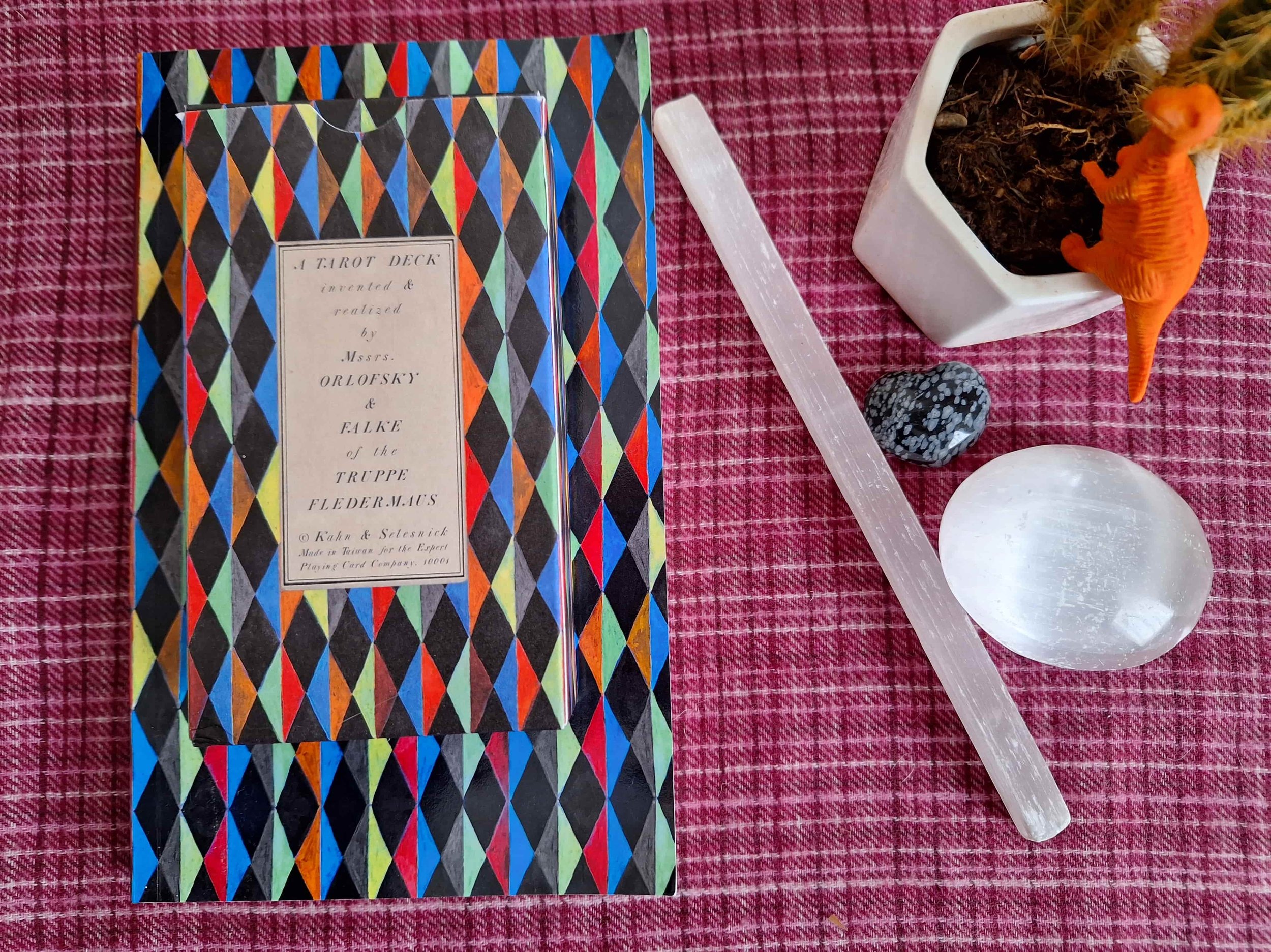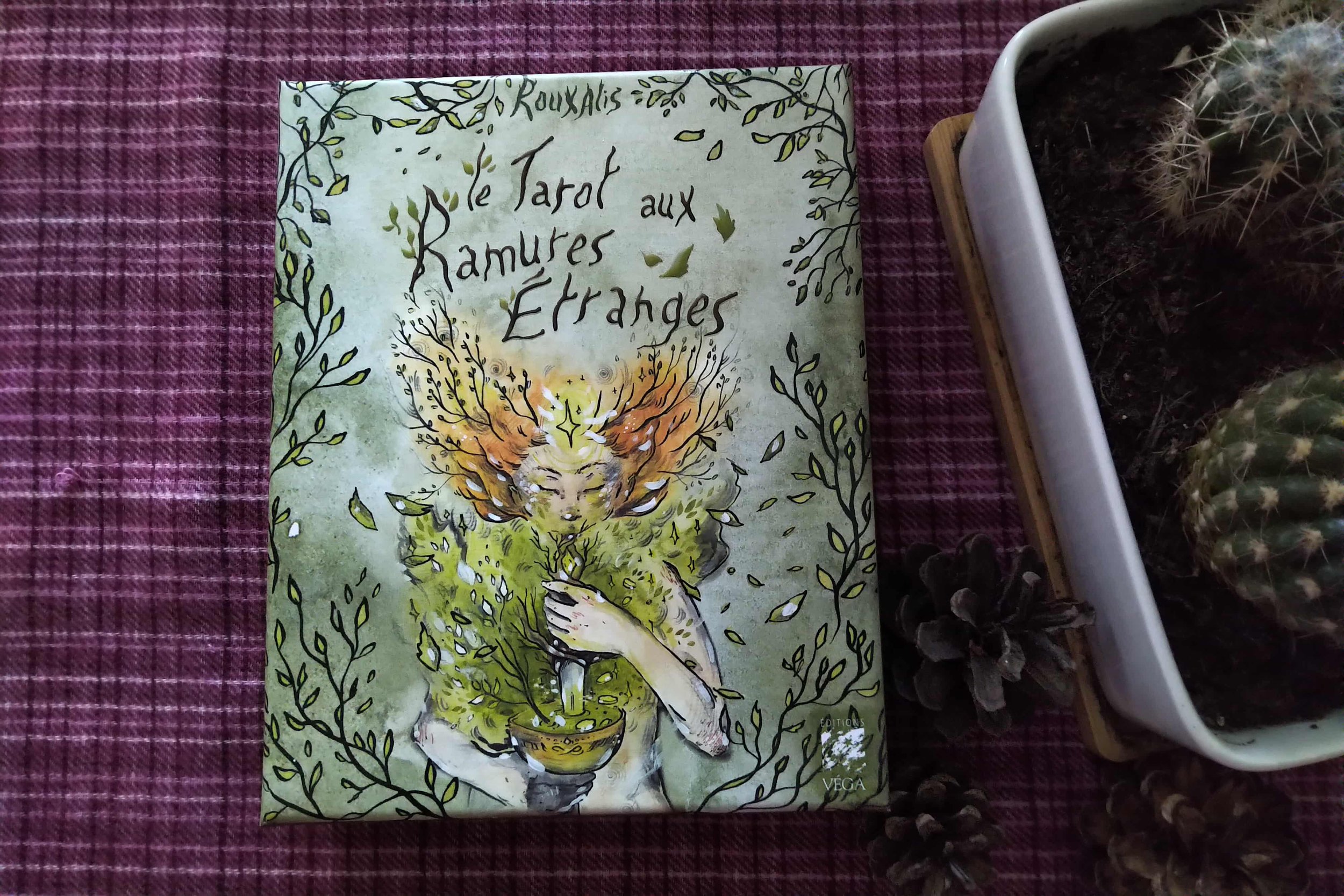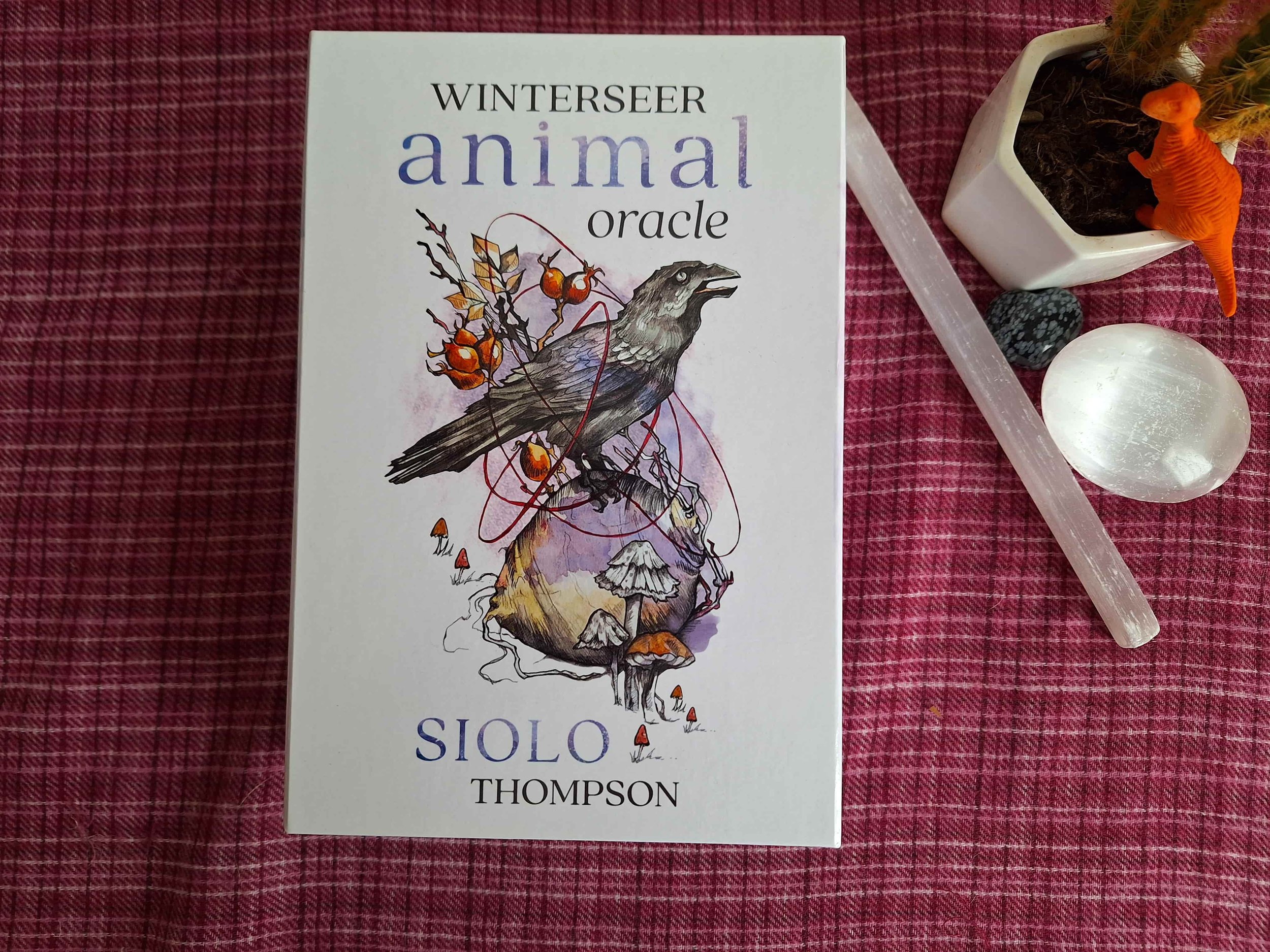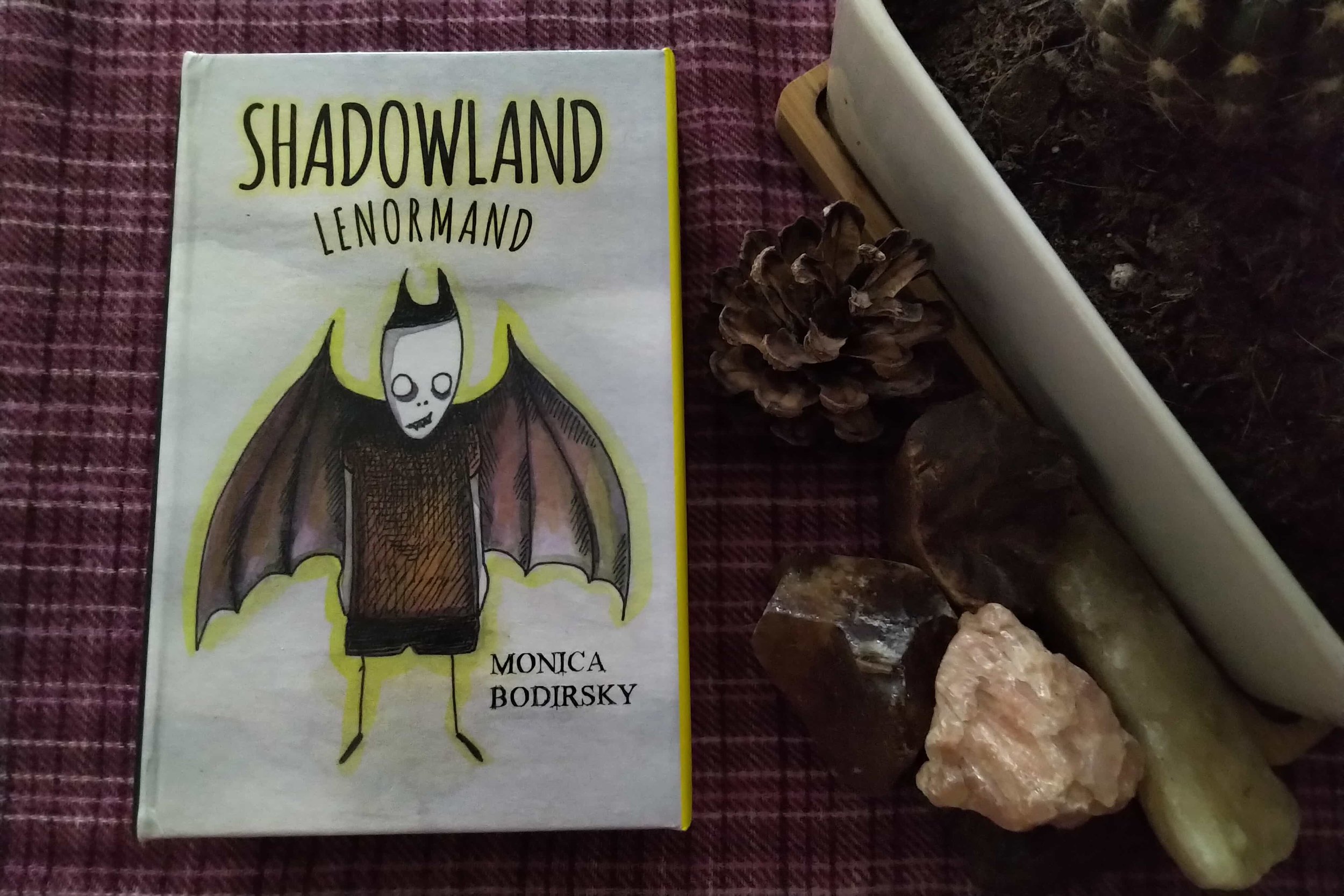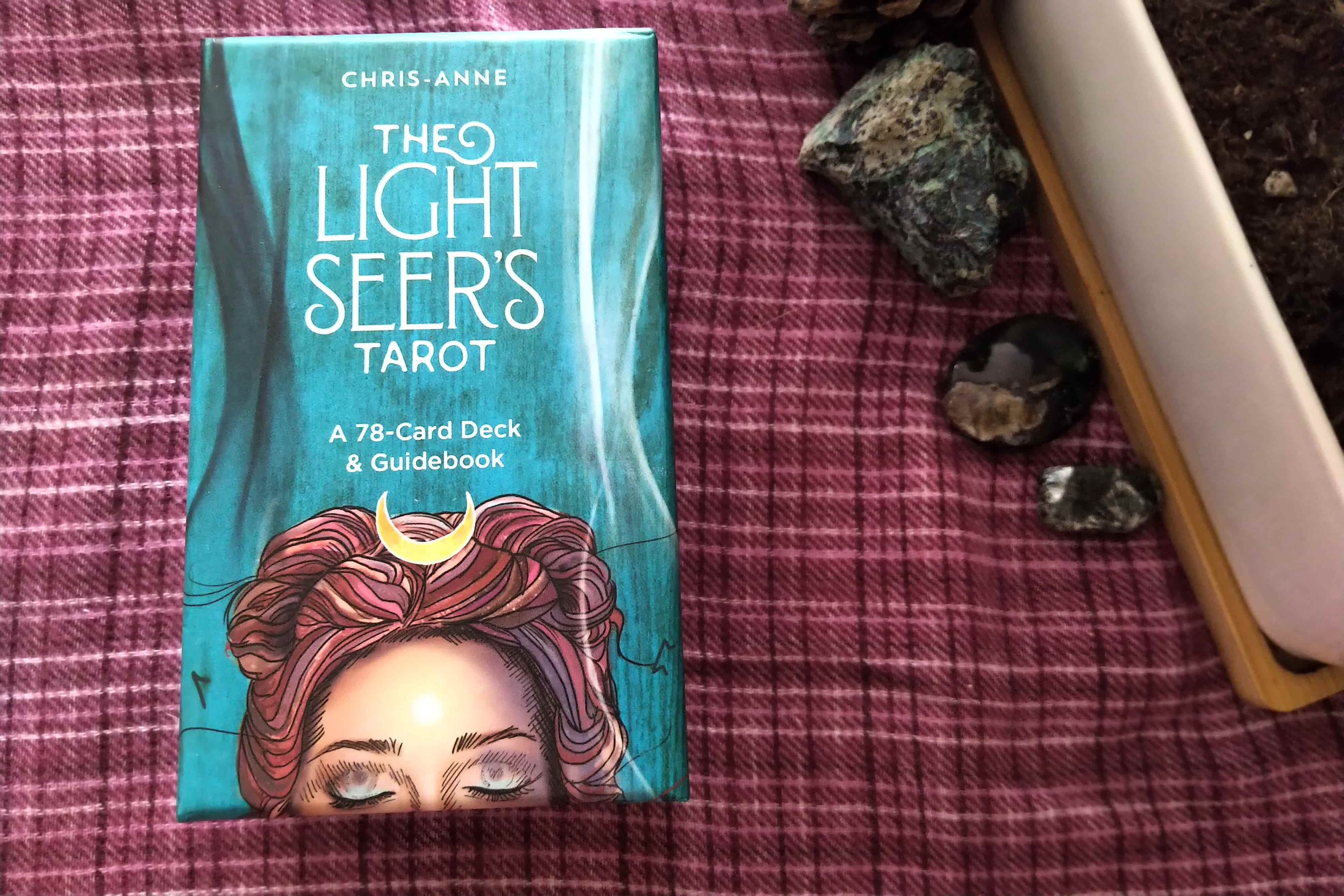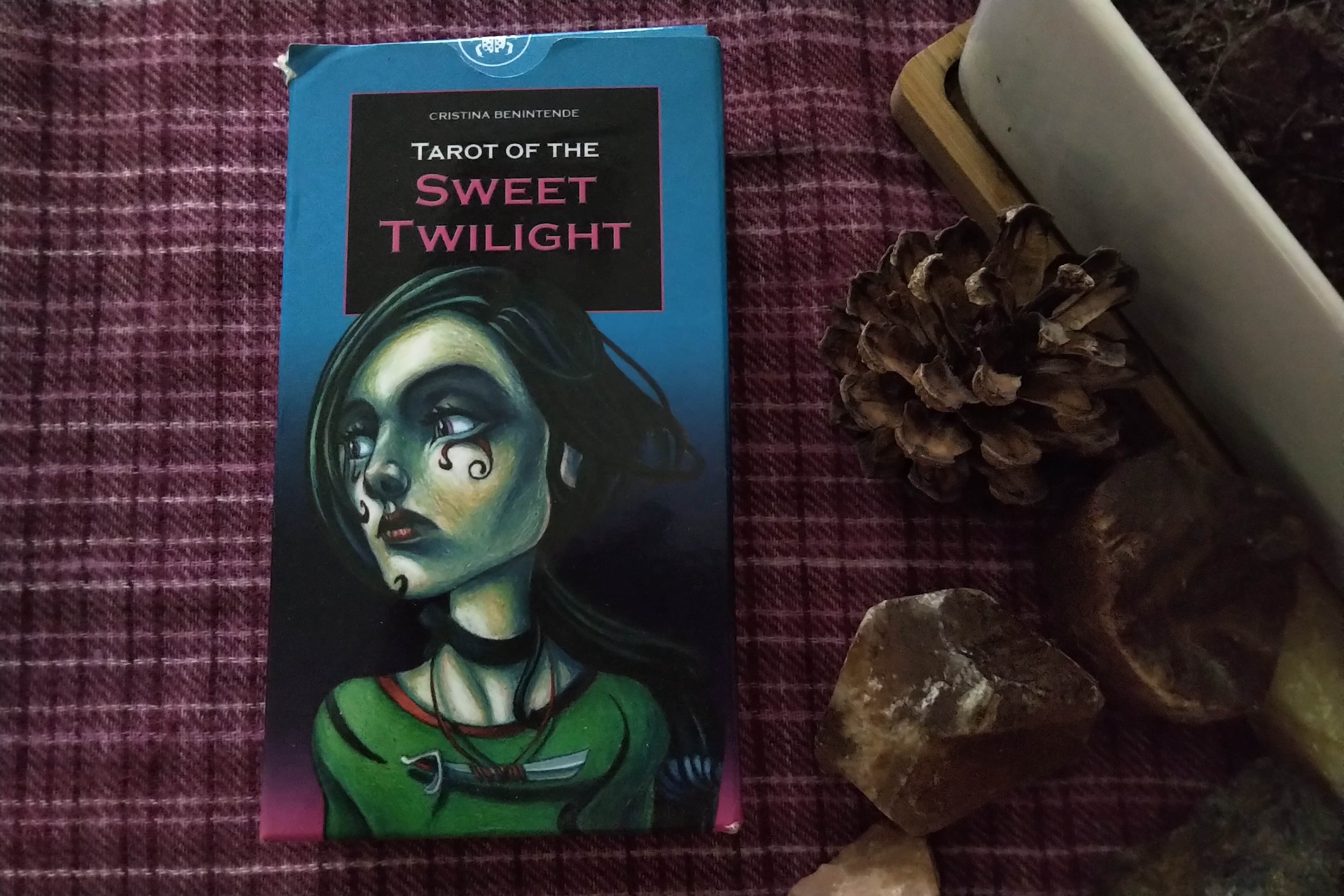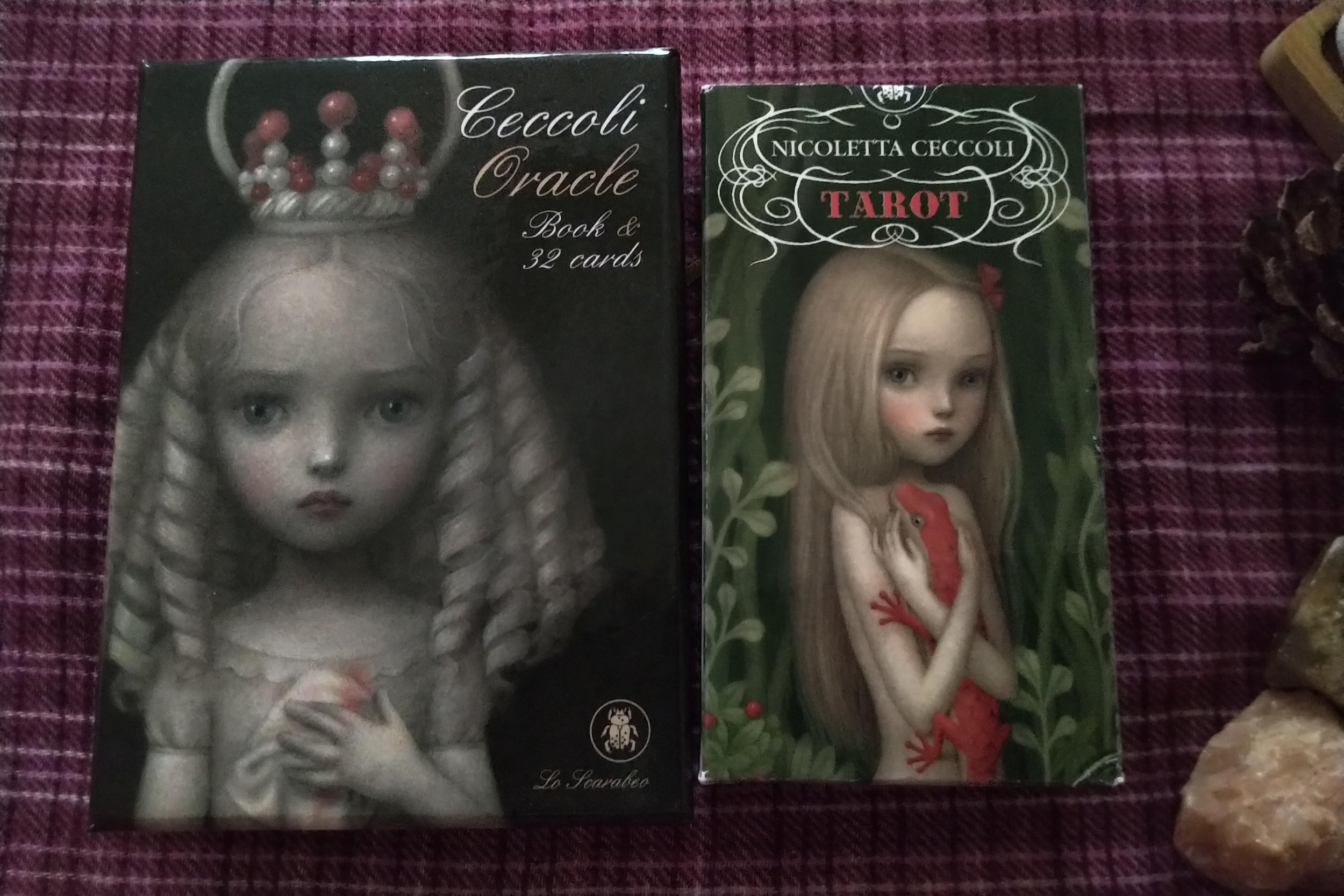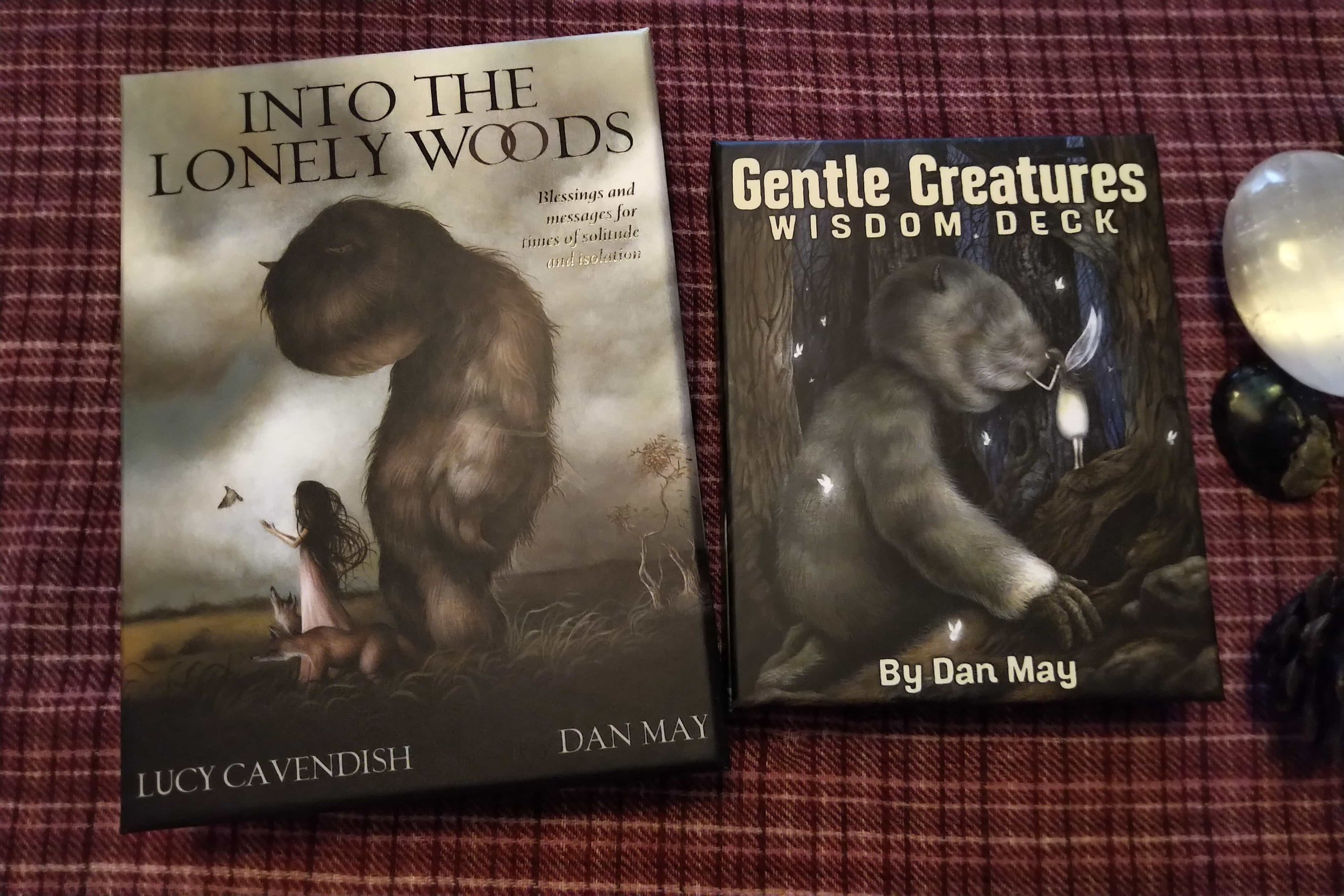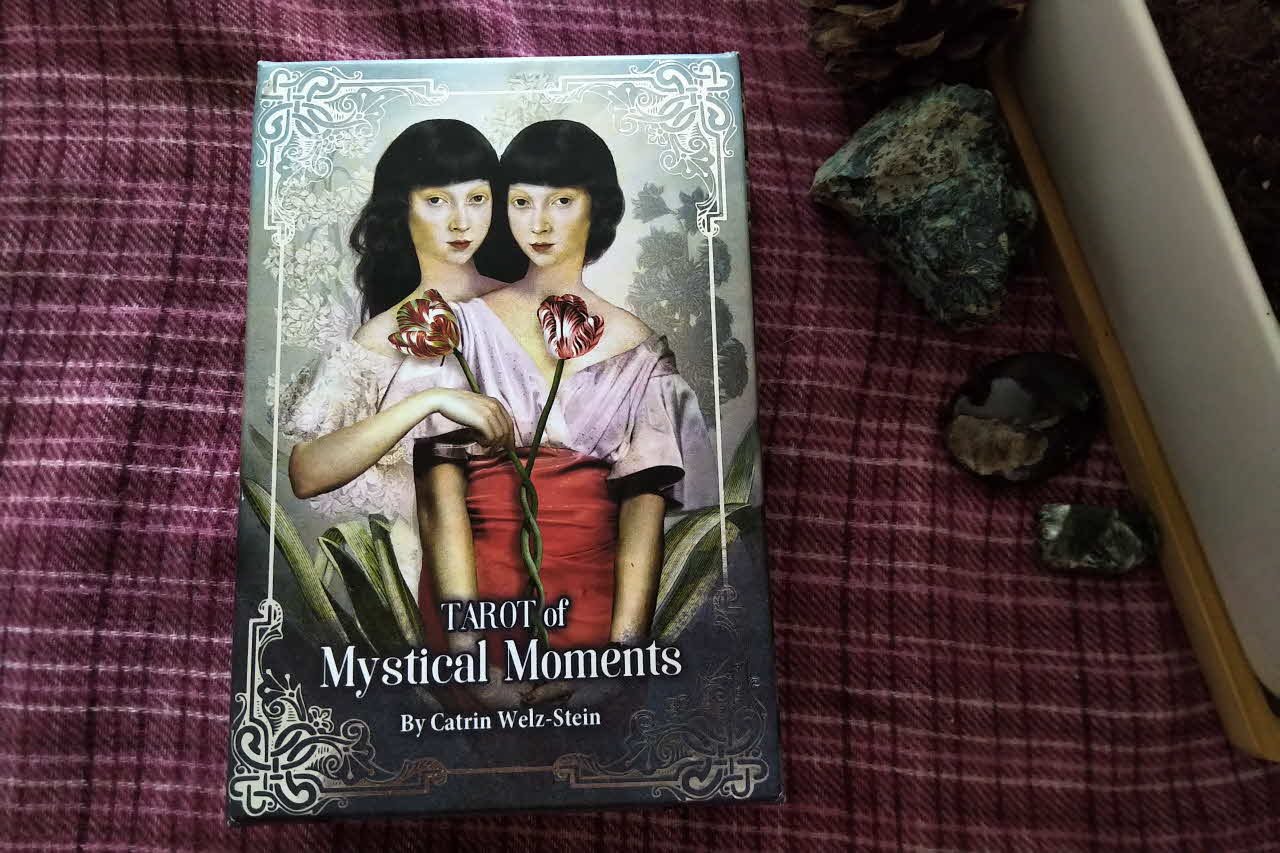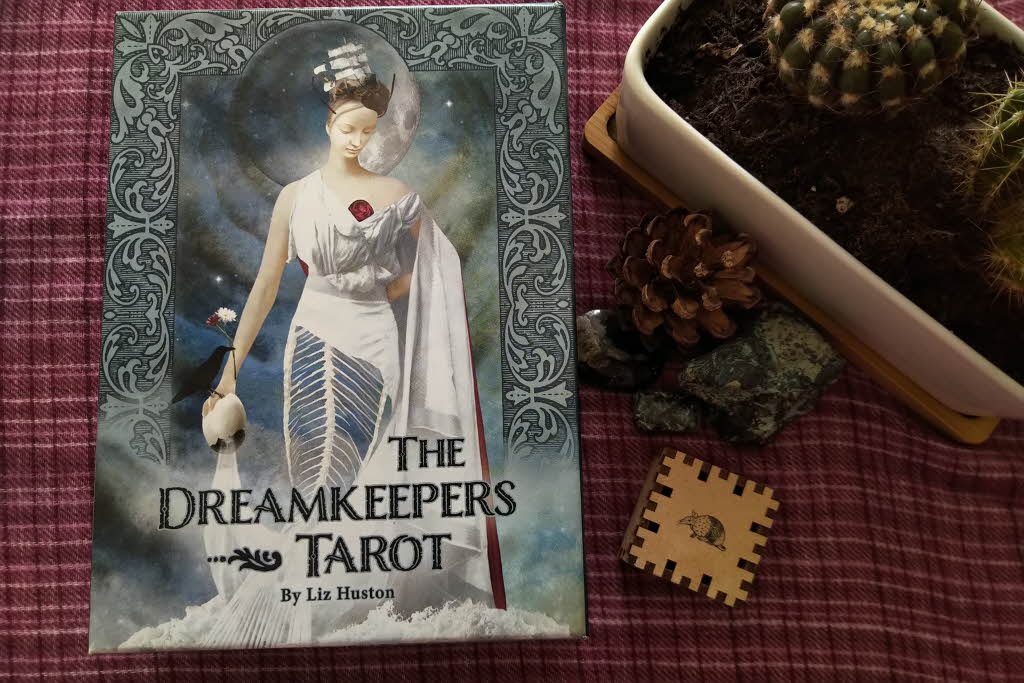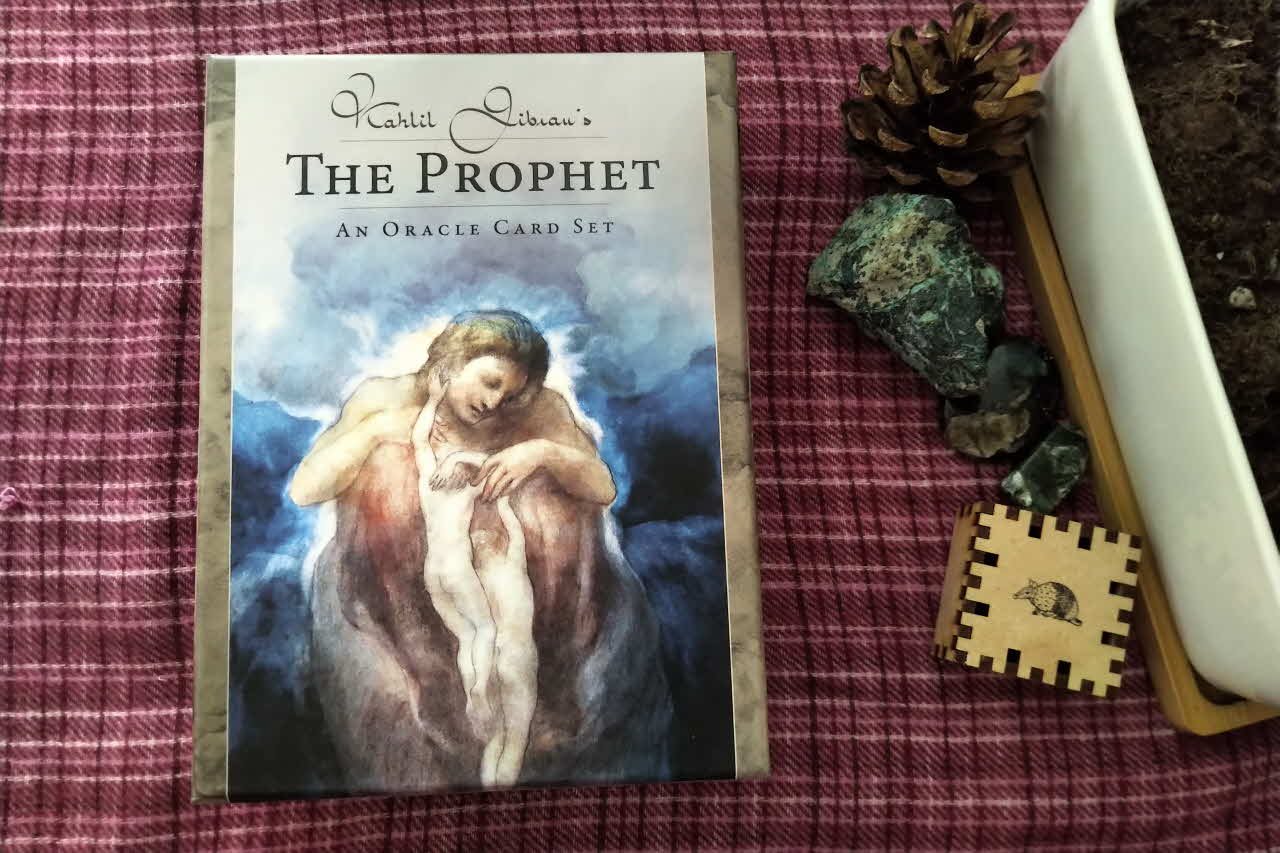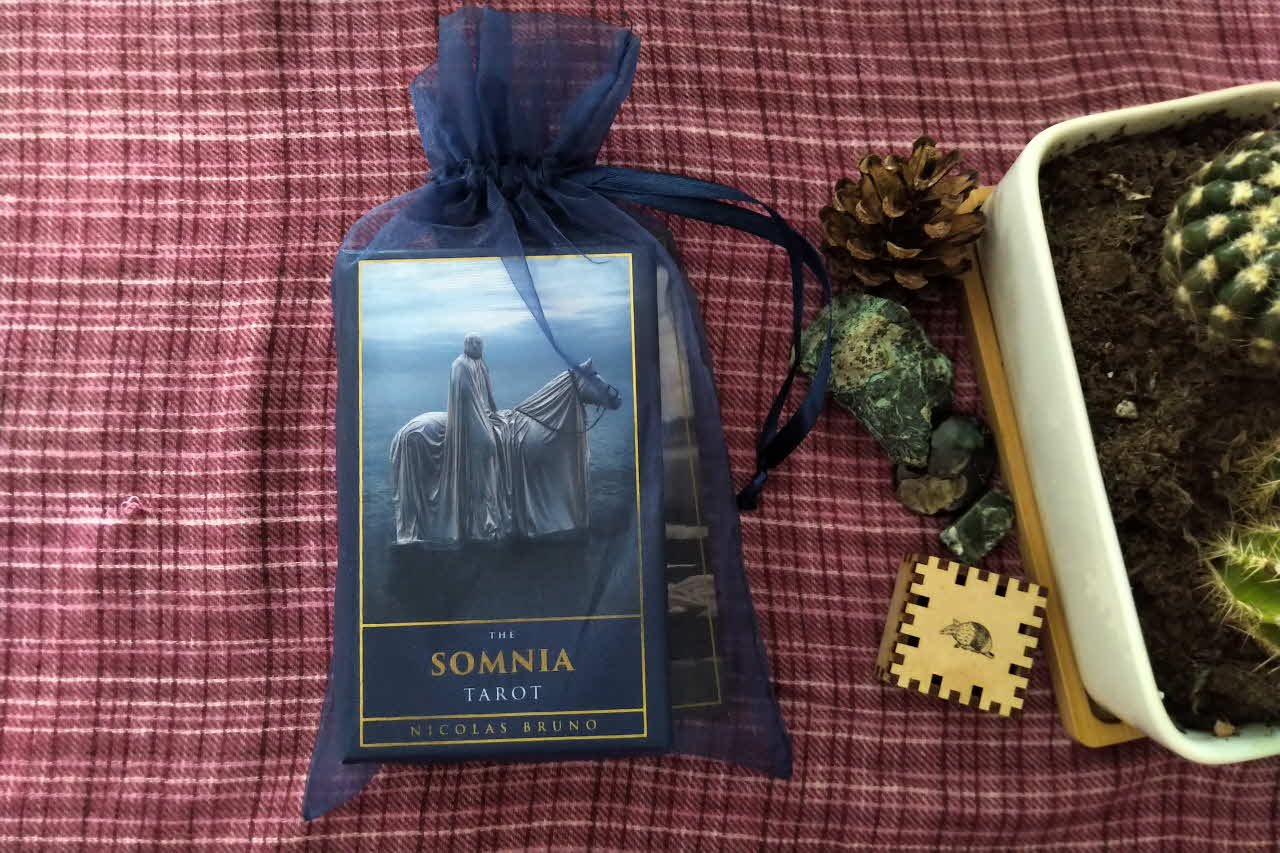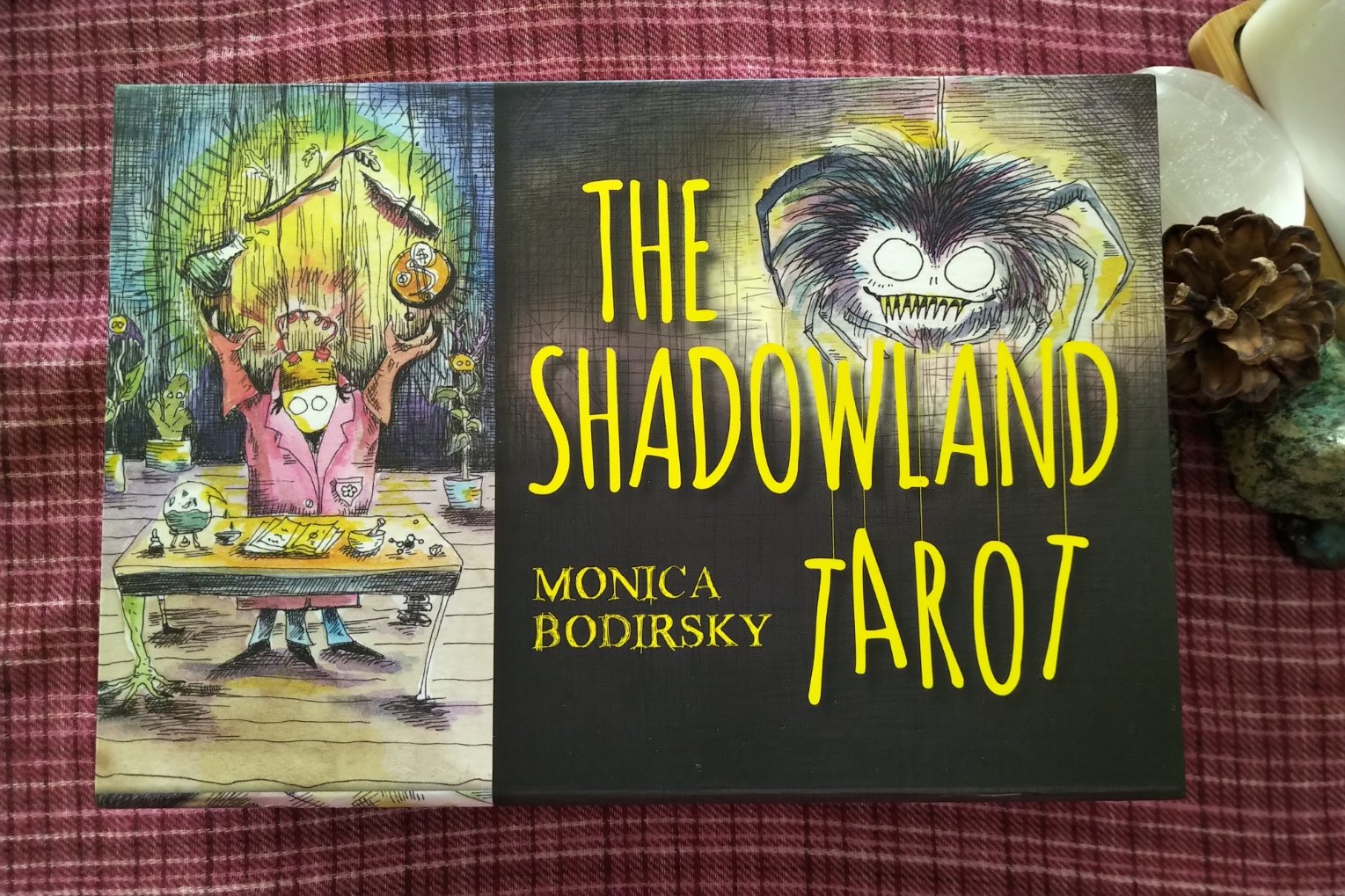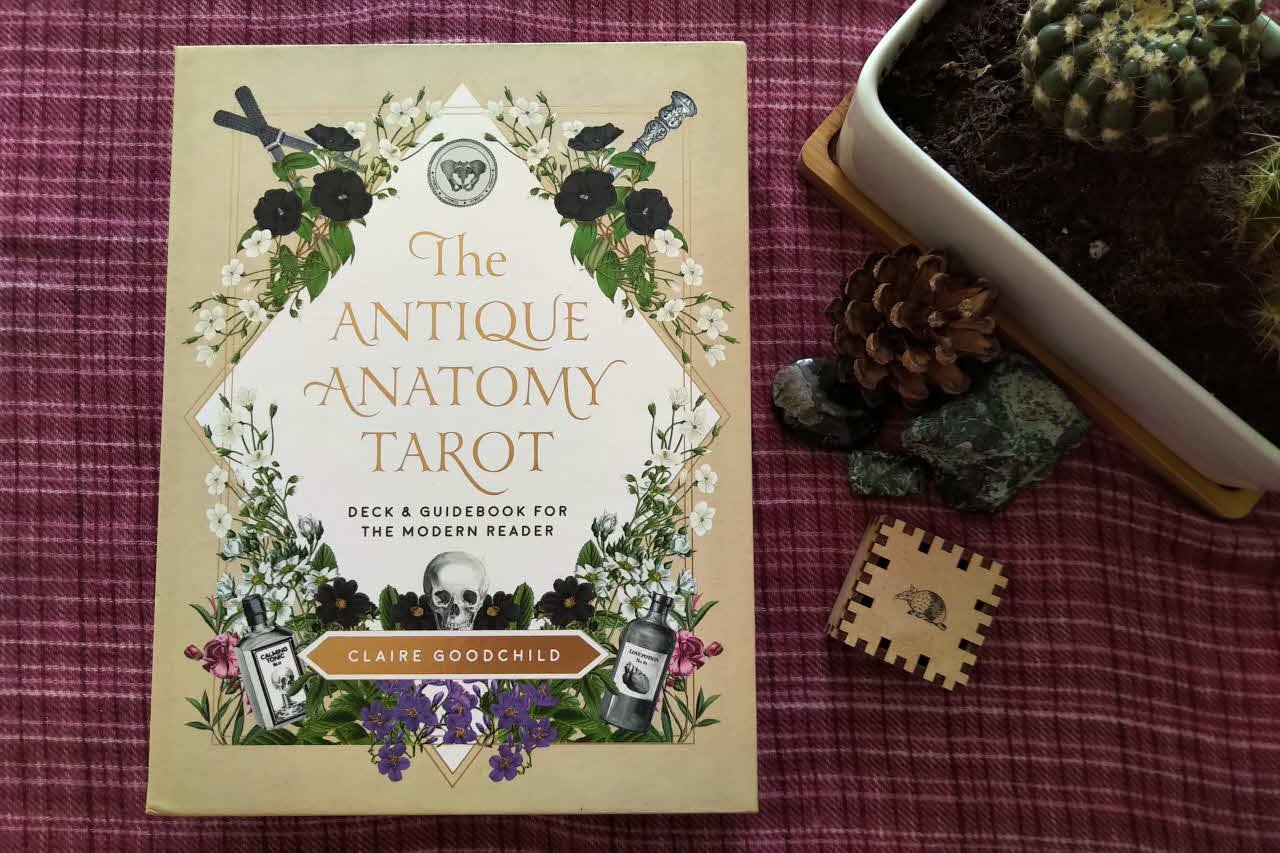Hieronymus Bosch Tarot



I received an early and unexpected birthday gift in the form of The Hieronymus Bosch Tarot. My friend knew I’d been eyeing it up in the shop for a while, and she also knows I’ve been thinking about getting back to writing about symbolism within art. I’ll take it as a sign, or more of a cattle prod to get myself moving once I’ve finished a couple of posts I left half finished in draft.
Published in 2022, Travis McHenry, an author and occultist, is the man responsible for bringing this concept to fruition. I am seriously intrigued to see exactly which images he’s chosen for the individual cards. The box is wonderfully solid and has a reasonably sized guidebook. The cards have the dreaded foil edging, but it's a beautiful shade of blue, and I like the picture finish. The cardstock is pretty good quality, but not so thick that it makes them difficult to shuffle.
As with The Awakening Tarot, lots of cards have been renamed, but this time the actual structure has been changed, too. The major arcana is still the major arcana, but the minors are structured into seven suits, with seven additional cards that cover the seven deadly sins. Each suit contains seven cards: six ‘court’ cards plus an ace. So, lots of changes. Because of the structure of the minor arcana, I can already see how it could be a lovely deck for self-development
The renaming of the major arcana sticks to Bosch-era appropriate terms. The Fool is now The Wayfarer, and The Magician has become The Conjurer. I have to dig deeper into the Mistress of Terror (The High Priestess). After feeling so disappointed by this card in The Awakening Tarot, it’s an actual relief to see that Travis hasn’t shied away from portraying a strong feminine force. She looks scary, too! The keywords in the guidebook are: Control, submission, and feminine power (also shown on the bottom of the card). She looks terrifying with her razor-sharp teeth, and yet her posture suggests she is guarding the man. I find it interesting that we see the whole of her face, and yet he’s peeking with one eye from behind his hands. I know the picture is a tiny section from a triptych panel depicting ’Hell’, so it’s possible Bosch intended for her to represent a fallen nun or something. But, whatever the case, it’s just so lovely to see the feminine. In the guidebook, Travis writes “A woman shouldn’t be afraid of being considered unladylike or masculine if she takes matters into her own hands”. I like that! The High Priestess often comes up in a reading when someone needs to protect and honour a very specific part of themselves. There’s a particular type of independence that is described by this card, and it’s not always easy to acknowledge.
The keywords at the bottom of the card certainly help when it comes to The Surgeon, because I struggled to see the connection to the Hierophant. Health, removal of blockages, unnecessary worry — I like the guidebook’s full description, Travis talks of mental and emotional blocks, and how past trauma is not a physical impediment to growth and wellbeing.
I would never use the word Deception when interpreting The Chariot, and though the keywords of Lies, deceit, hidden truths and secrets are apt for the title, I need the guidebook for the reasoning. Travis writes about trusting the wrong people or letting your guard down at the wrong moment. The Chariot can certainly imply a need to get emotions under control, but this is one card where there is a complete departure from its traditional meaning.
Cards VIII and XI, or Strength and Justice, are often swapped around depending on a deck creator’s reasoning and whether they’re sticking to the Rider-Waite format. The Flower Pusher, card XI, gives keywords of Force, justice and strength, which implies a weird combination of both. (Card VIII is called Ignorance, with keywords of Conflict, adversity, and stupidity). The image of one man inserting a bunch of flowers into the arse of another is fun, but I suppose much depends on which of the two you relate to most strongly.
I’m generally not a fan of The Hanged Man card because it so often appears when we’re a bit stuck or aimless. The artwork for The Barrel Boy departs from the usual and instead shows a man facing upwards in a barrel with a lizard-like monster breathing fire directly overhead. The image suggests it may be dangerous to make a move, and the keywords of Stillness, patience, inner reflection, and restraint emphasise the need to stay as we are. Travis says the lizard is vomiting, and once the barrel of woe is full, it’ll be easier to escape.
The Grail Knight replaces The Moon, and I admit to feeling a little bit excited by this. The idea that there’s a mission and one needs to be brave and watch out for hidden enemies and dangers is a great way to approach this card if it comes up in a reading.
Moving onto the minor arcana, we begin with The Suit of Berries, which represents the element of earth. The keyword meanings of the suit are abundance, fertility, harmony, joy, and friendship. Each of the cards has artwork that can be found in the centre panel of Bosch's painting The Garden of Earthly Delights — the centre panel represents earthly delights, the left panel is Eden, and the right panel is Hell. On the whole, Berries are a positive suit apart from the odd minor issue. Even then, Travis states, “no one appears angry or upset, and there are expressions of joy and happiness all around. Even in the Baron of Berries, the lowest octave, there is no malicious intent or negativity”. The keywords for the Baron of Berries are Ambition at any cost, desire, and broken promises. The artwork shows a large berry being smashed open, but Travis points out that even though it means the berry will now die, the man is sharing the fruit with another. There are two interesting points, the first is that this suit is the only one to have a Princess instead of a Prince. And the second is the weight attached to the Queen of Berries. Travis says, “Along with The Mistress of Terror and Virgin Mother, the Queen of Berries is one of the three most powerful feminine rulers of the tarot”. So, it would be an interesting spread if all three were to come out together.
The Suit of Birds is one of my favourites. It corresponds to the element of air, and it represents movement, travel, and personal growth. In the guidebook, it says, “In Bosch’s art birds often represent a connection to divine power, such as the all-seeing eyes of the owl being like an omniscient god staring into our souls”. Travis also suggests that drawing cards from this suit indicates “specific family members or family types [. . .]or similar individuals who are extremely close to the reader”. I like a few of the Bird cards, especially the Queen and King. The Queen of Birds shows an owl nesting on top of a nun’s head. She has no body, although her feet are visible and moving her forward. The keywords are Dull outlook, austerity, piety, and knowledge. Travis points out she also appears at the back of the crowd in the card Ignorance; I see the likeness because they’re both nuns who carry owls on their heads, but the faces are different. The back of the book says she’s from an entirely different image; I get what he was trying to say, but no. The King of Birds has the keywords of Purification, work, and unending activity. The bird eating the man head first is one of the more widely shared images of Bosch’s. The interpretation in the guidebook leans heavily into the process of purification, and I quite like it.
The Suit of Skates corresponds to the elements of water and metal. This departs from traditional tarot, which only has four elements. The meanings of the suit are trouble, difficulties, indecision, but also fun. Travis says, “The suit of Skates has some of the darkest imagery [. . .] most of the scenes in this suit come from the ‘Hell’ panel of the Garden of Earthly Delights”. I usually prefer the darker images in a deck, but for once it’s not my absolute favourite. That being said, I love the interpretations of the cards. The Baron of Skates has keywords of Troublemaker, confidence, fun and enjoyment. The guidebook says he’s a platypus-billed creature, and as he skates across the pond with his bow and arrow, I can see why he might be one to watch. The Page of Skates card looks unpleasant. A man has fallen through a hole in the ice into the freezing water. I don’t find the Queen of Skates to be scary. The unfriendly-looking bird-like creature is carrying a letter in her mouth. The keywords are: Gossip, new information, and rudeness. In the guidebook, Travis calls her ugly, whereas I just think she looks cold and sharp. The King of Skates is a fabulous crop of a man in a boat. It’s the kind of surrealist image I’d be happy to analyse til the cows come home. The keywords are: Lack of help, distractions, and self-centredness. I’d probably want to dig into the meanings for emotional matters too — that boat ain’t gonna be fit to navigate anything deep.
The Suit of Swords corresponds to the elements of metal and fire. The keyword meanings are: Skill and ability, conflict, and victory. Of the Suit of Swords, Travis says, “This suit is not necessarily associated with violence, anger, or anything negative. On the contrary, it contains some of the minor arcana’s most favourable cards”. The Baron of Swords is one card that leans towards the negative. The keywords are: Defeat, cowardliness, and injury. In the guidebook, Travis says, “While the baron’s eyes are covered his hands are free, but he chooses not to remove the blindfold because he does not wish to see the seriousness of his wounds”. The wall he holds onto appears to have a tally, but there’s no indication of whether that’s his body count or the number of injuries he’s sustained. The Knight of Swords could’ve also made a good ‘Chariot’ card. Travis says it’s “one of the most favourable cards in the deck.” I’d say that depends on where you are in the artwork. I know that Knights are generally seated on a horse, but this one has a sword straight through him. Yes, it’s a plus that he’s survived, but for how long? The Queen of Swords is another violent scene with the creature cutting the head off its victim. Travis calls it feline-like, but I think it looks more like a rat. But, this is art from the late Middle Ages/very Early Modern period, so it may well be feline. The keywords are: Trickery, a capable woman, and the downfall of your enemies. It certainly screams ‘interesting times’.
Moving on to hopefully calmer scenes, the Suit of Vessels corresponds to the element of water. Its keyword meanings are: Untamed activity, blessings, and sins and salvation. The guidebook says that vessels are similar to the suit of cups in traditional tarot. Travis also states that “Vases, barrels, and cups are prominent in Bosch’s artwork. Vases and cups usually represent an element of the human soul, as though it were something we carry that can be seen externally. Barrels are almost always used to indicate drunkenness, excess consumption or other forms of debauchery”. I like that the Page of Vessels is climbing a ladder, even if he does have an arrow sticking out of his arse. The artwork for the Baron of Vessels shows a man being coerced to keep drinking liquid that is flowing freely from a barrel. The keywords are: Drunkenness, carousing, and moderation. It’s not a pleasant scene, and the guidebook says, “This card is a reminder to practise moderation and not allow the demons of addiction and desire to take control of your life”. I like the explicitness of the message. The Queen of Vessels stands out to me because of the dice on her head. The keywords are: Gambling, never satisfied, and female lust. Again, the explicitness is refreshing and also useful. Travis says, “The Queen of Vessels is, perhaps, a more honest rendering of the classic Queen of Cups. This queen has knowledge, blessings and fortune, but she takes unnecessary risks and isn’t content with what she’s got. The candle flame represents the light of wisdom, but also shows her burning inner life”. It’s a nice card, and one I’d expect to see often.
The Suit of Books corresponds to the elements of earth and air. The keyword meanings are: Knowledge, intelligence, and learning. Of the corresponding elements, Travis says, “Books are made from the pulp of trees, which connects it to the earth. Books also have an ethereal, invisible quality, which cannot be directly observed or touched. This connects them to the element of air”. He also mentions that books were a ‘dual-edged sword that could contain glorious knowledge [. . .] or open a pathway to frivolity or even damnation’. The Page of Books is one of my favourite cards. I find it quiet and soothing. The keywords of: Reading, learning, exploring, and a new job, all suggest growth and an easy path ahead. I love the sense of going with the gentle flow of the water — it suggests emotional growth, or being able to handle current events and situations calmly. The Baron of Books is a funny-looking card. The keywords are: Sexual indiscretion, adultery, and misuse of power. Travis also suggests that both have adopted a false identity, and says it could be an unfaithful marriage or other infidelity. I think I’d be reluctant to be too rigid with that aspect of interpretation — it could just as easily be an indicator of listening to the wrong people, or only paying attention to those who blow smoke up your arse. I love the artwork for the Queen of Books. She looks calm, pensive, and wise. I like that she’s resting for a while.
The final suit is the Suit of Coins, and it corresponds to the element of metal. The keyword meanings are: Business, career, success, wealth, and money. Travis says, “Bosch’s depictions of money generally feature people who choose to worship gold over God, and thus risk dooming themselves to hell. The cards in this deck are less concerned with the spiritual implications of money and more with the use and handling of money in the present.[. . .]Acquiring money is a positive trait, but squandering it is not”. I was not in the least bit surprised to see the artwork of the Page of Coins. I mean, it had to be included somehow, didn’t it? I find the Queen of Coins a bit disconcerting because she’s got her hand out for a bowl being offered. The keywords are: Asking for help, poverty, and using your skills. In the guidebook, Travis mentions the nun could ask the man next to her “to sell his golden chalice to help provide for her needs, but she would rather receive a handout from a stranger”. I wouldn’t interpret the image in that way. What’s to say the man next to her is a companion? He also points out she may not be serving a divine power because her sleeve is pink. The King of Coins doesn’t look great either. He’s very thin and looks almost emaciated. The keywords are: Hoarding, inheritance, and unwillingness to share. I can see why Travis mentions this king is closely connected to the traditional tarot card of the Four of Pentacles.
And finally, we come to The Seven Sins. They correlate to the element of fire, and the keyword meanings are: Troubles and desires of the human condition. Travis says they “should not be considered inherently negative or problematic. Rather, these seven cards represent aspects of the human condition that can be beneficial in moderation or harmful when taken to excess”. I hear him, but there are seven virtues to balance out the seven sins, but we don’t have any representation of those in the deck. Whilst generally self-explanatory, the Sin of Wrath deals with: Anger, rage, inability, incompetence, and conflict. The Sin of Lust has keywords of: Sex, passion, extravagance, and excess. The Sin of Sloth: Laziness, sleep, tiredness, rest, relaxation, and home life. The Sin of Envy: Unhappiness, seeking change, and discontent. The Sin of Gluttony: Food, eating, consumption, and cooking. The Sin of Greed: Money, business, career, and desire for riches. And lastly, the Sin of Pride: Appearance, vanity, and physical well-being. I think each of the interpretations found in the book can be expanded substantially. Especially if you want to include the positive manifestations of the virtues that oppose each of the sins.
I like the deck, but as is often the case, it has its limitations. In this instance, those limitations are around one’s capacity to face the unpleasantness that could be lurking under the surface of a smile or an overly inauthentic existence. It’s generally a limited section of the population that wants to do honest soul-searching or deal with the shit we all try to hide. Being very serious for a minute, I think the artwork is so extreme that it can actually help the reader from becoming too serious, or overly fearful of whatever information is being brought to light. That’s not to say I think they’re only good for a laugh — I just think humour is sometimes a good way to deal with stuff that is either painful or embarrassing.
The structure of the minor arcana works well for personal development because it is so easy to see where you’re at and how you can grow. By giving the reader only court cards and an ace, it’s easier to keep the focus on behaviours. Once you get used to reading tarot, it can be annoying at times because there are so many layers of interpretation.
It’s worth remembering that the artwork was created five hundred years ago by an especially godfearing man. Bosch fully intended to create monstrous images to encourage people to be more religious, more fearful of hell, and he wanted them to be afraid of sin and avoid the consequences of engaging in behaviour that would attract the wrath of god. So, . . .
I very much appreciate the section at the back of the guidebook that lists the piece of artwork each card was taken from. It’s a good bit of helpful information for those who want to go off and explore in more detail. I can’t say whether the author's descriptions of why Bosch used certain animals or objects in his work are accurate — I simply don’t know enough about Bosch’s work. And, I couldn’t afford to go off and research because I know it would send me off on a year-long tangent, and I’d end up somewhere completely unrelated, with this post still sitting in draft. Christian iconography in the Middle Ages was a big deal, that much I do know. I also know there was variation within different European countries. For those with a strong interest in Art History, I know there will be an absolute ton of additional information waiting to be found.
I wouldn’t say the Hieronymus Bosch Tarot is suitable for beginners. The structure is too different from the regular tarot, so it won’t give the same foundational understanding that other decks can offer. It’s an excellent choice for working through fears, dysfunctions, and blockages. The guidebook book gives enough information and inspiration to understand what’s going on, and I like that it’s not full of fluffy interpretations. And, if you love Bosch’s work, it’s worth having a copy just so you can see what Travis McHenry did with the artwork. I’m off to finally give these cards a good shuffle, so I can see what they have to say.
Recent Posts
Archives
Categories
- Animal-centred
- Books
- Decks For Self-development
- Difficult Decks
- Expensive Decks
- Lenormand Decks
- Oracle Cards
- Oracle Cards For Beginners
- Out-of-print
- Personal Favourites
- Published 2000s
- Published 2010s
- Published 2020s
- Tarot
- Tarot & Oracle Sets
- Tarot Cards For Beginners
- Under £15
- Under £20
- Under £30
- Under £40
- Witchy Decks
- Woman-centred














































































